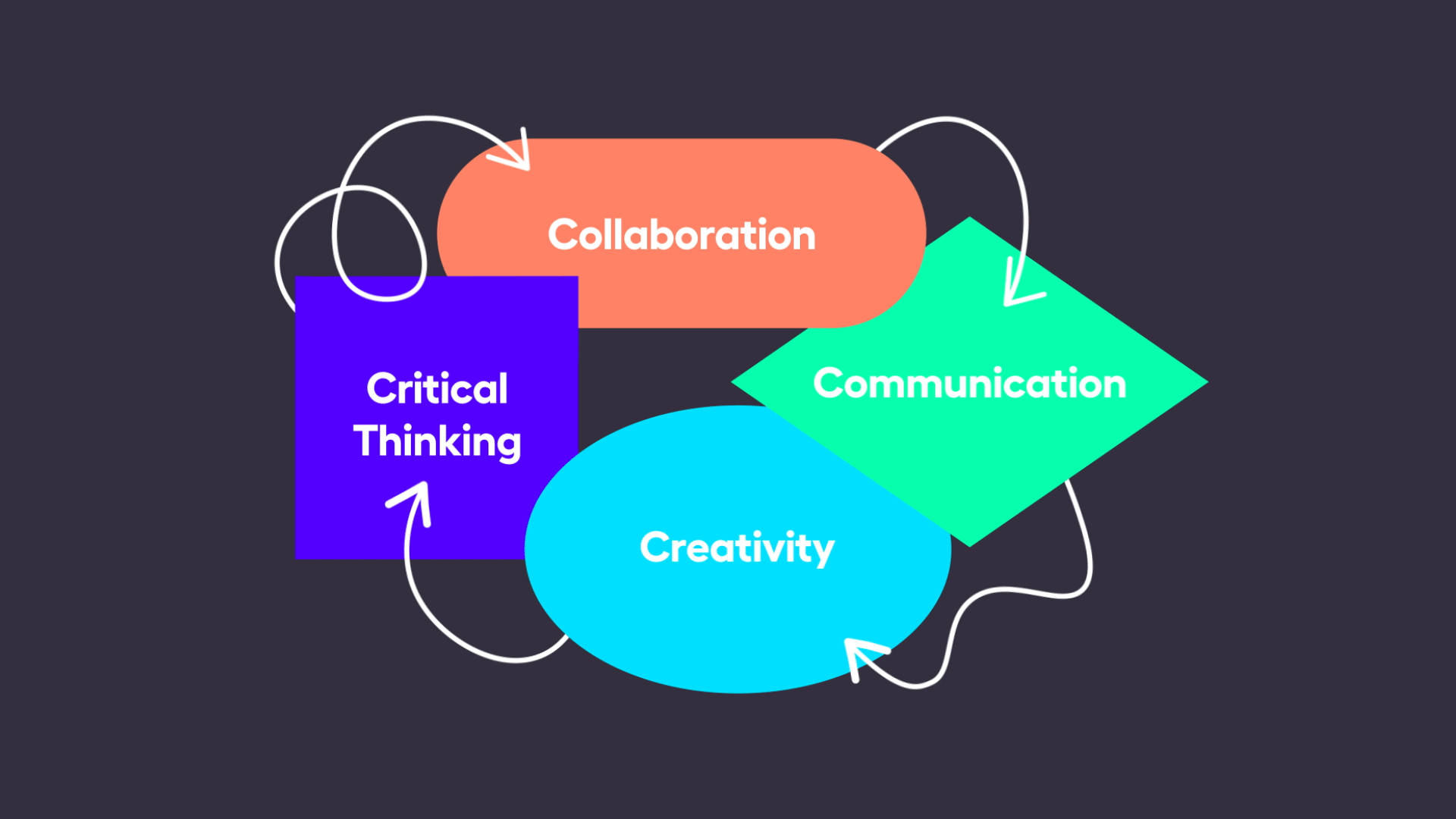May 13, 2024 10:19 am
As the demand for skilled communicators rises across all fields, it’s vital that our educational approaches keep pace. In this third entry of our 4Cs series, we show how STEM education boosts students’ communication skills, equipping them with the tools necessary for success in any career.
Ever thought that studying STEM (science, technology, engineering, and mathematics) is only useful for students considering careers in science or tech? If so, then you wouldn’t be alone — but it’s time to change that perspective.
The truth is, workplaces are changing fast, and some traditional skills are becoming less relevant today. Growing digitalization of roles, AI technologies, and new communication methods demand a totally different set of skills fit for the modern workplace (Thornhill Miller et al., 2023).
This is where STEM subjects come into play. By studying STEM at schools, students pick up the soft skills that are exactly what employers look for today. Not only do these soft skills make the transition from education to the workplace smoother, they also open the door to any career — whether that’s a STEM-related role or not. These soft skills are commonly referred to as 21st-century skills, or the 4Cs: critical thinking, collaboration, communication, and creativity.
In the world of STEM, mastering technical skills like coding, data analysis, and engineering design are often viewed as the usual pillars for career success. Equally crucial, and sometimes overlooked, is the role of effective communication. The ability to explain complex concepts clearly and collaborate empowers students to thrive in any professional environment, not just in STEM fields.
STEM subjects naturally integrate communication through things like collaborative projects and problem-solving. These involve more than just talking and writing — they’re about learning to convey ideas clearly and effectively in a variety of ways. Students may need to present their scientific findings, defend their reasoning, or document their processes. Each of these tasks strengthens verbal, written, and digital communication skills, which all contribute to career-readiness.

“Whether you decide to try for a job in science or not, investing time in developing scientific thinking and skills will positively impact your future.”
When we really think about it, communication and STEM go hand in hand. STEM professionals need to effectively communicate findings to help drive progress in their field — which is where studying STEM subjects come in. Here are just some ways STEM helps build strong communicators in any field:
Data visualization: Students learn to take complex data and transform it into clear visual aids that form the basis of sound decisions — valuable for careers ranging from business analytics to public health.
Technical writing: In math, students prove theorems or solve problems where each step must be documented. By learning how to make cases for findings and articulate their thoughts, they pick up useful skills for workplace tasks — whether it’s preparing project proposals or writing code for software development.
Interdisciplinary communication: Many STEM fields encourage interdisciplinary projects that require collaboration. By taking part in projects, students learn to speak the language of other disciplines, make room for opinions, and adjust their communication styles.
Presentation skills: Whether through academic posters, group presentations, or team updates, students are expected to present research and findings. Think of it as the ultimate confidence booster, preparing them for fields like marketing, education, or business!
Prepare the next generation of STEM leaders with digital and hands-on learning aligned to the 4Cs.